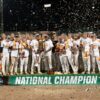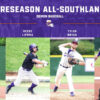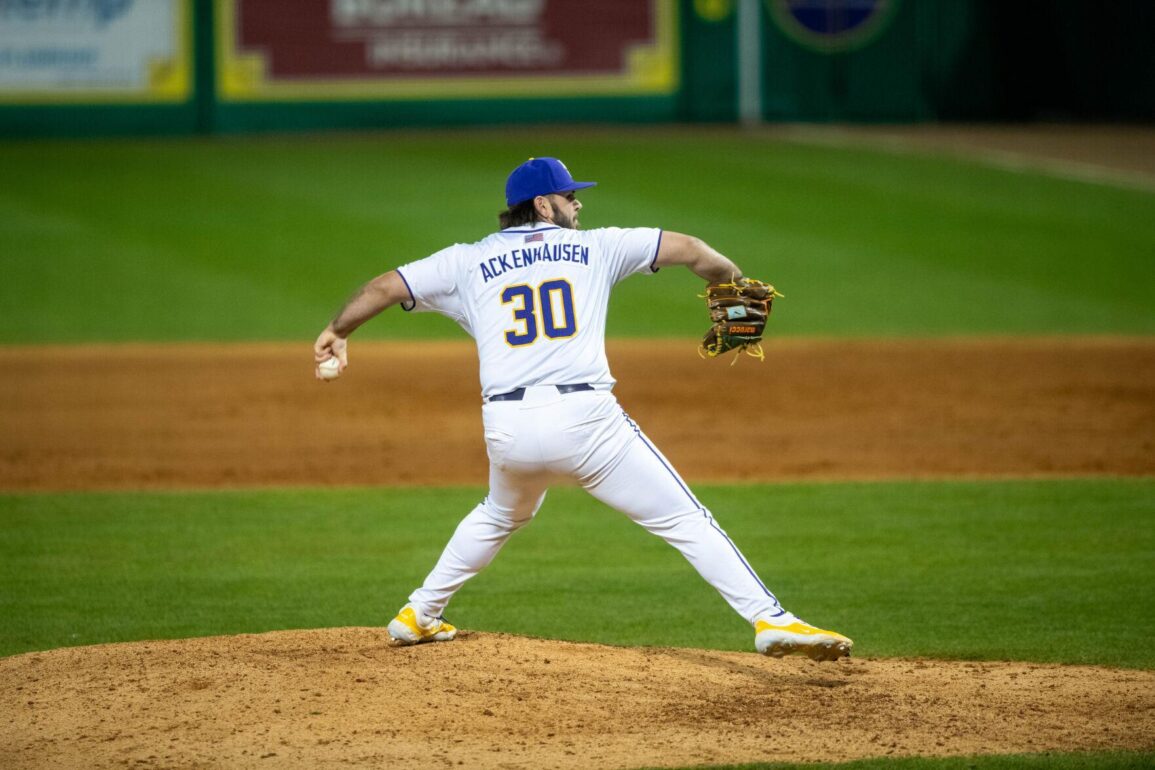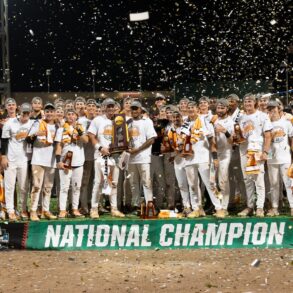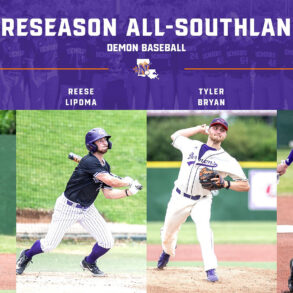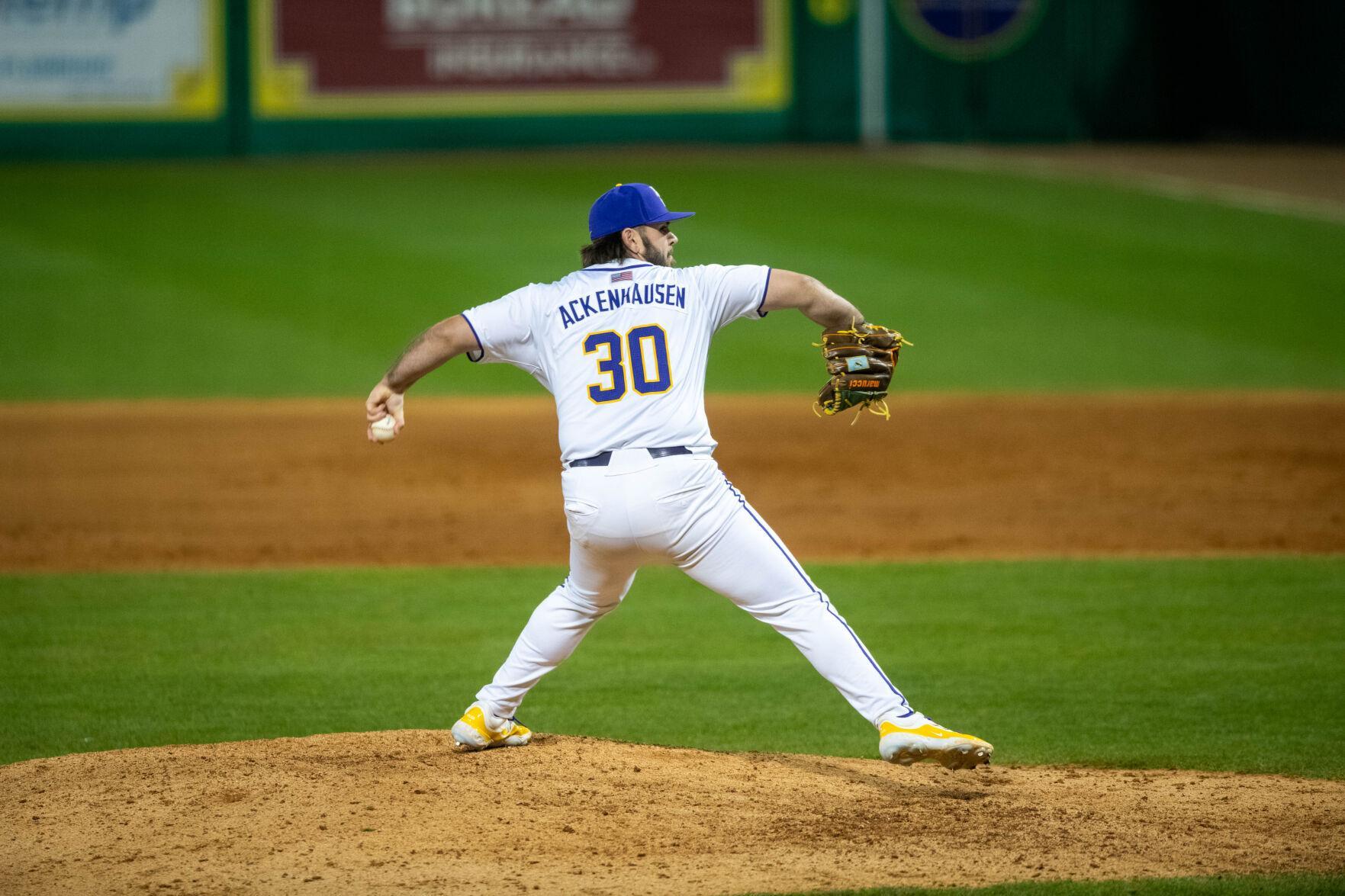
It’s a tale as old as time: the NCAA clock that only allows student-athletes four years of athletic eligibility.
But now, these athletes have been able to find a loophole that allows them to extend their collegiate playing time, becoming stronger and more experienced and increasing their draft stock.
On Wednesday, Jan. 29, Wisconsin cornerback Nyzier Fourqurean filed a lawsuit in the Western District Court against the NCAA.
The lawsuit challenges the inclusion of his two years at the Division II level in his five-year eligibility clock and alleges a violation of antitrust laws. It could reshape the NCAA’s eligibility rules.
This lawsuit and others similar could set a precedent for future cases and significantly impact the NCAA’s regulations. Vanderbilt quarterback and former junior college athlete Diego Pavia sued for a similar reason months earlier and successfully requested a preliminary injunction allowing him to play the following season. This case adds more fuel to Pavia and Fourqurean’s lawsuit.
After the appeal was granted, the NCAA board asked for a reversal, which is still pending.
This decision could provide more opportunities for junior college players in similar positions and lead to a more intricate and, some argue, unfair system.
So, how does this translate to baseball eligibility, and how can players switch between NAIA, JUCO, and Division I-III?
Baseball is in an era where older rosters win championships for their schools. This ruling will enable players who played in a junior college at one point to have an extra year on their Division I clock time for the 2025-2026 year.
Like others, the LSU Baseball team has started to adapt to place an emphasis on the JUCO baseball system, bringing in recruits who have played their year or two on JUCO teams.
For the upcoming 2025 season, LSU has five new JUCO players: left-handed pitcher Connerr Ware and shortstop Tanner Reaves are among some top talent coming down to the boot.
These players have collegiate experience and are coached by some of the best JUCO has to offer, making it almost the prime destination for recruiting. However, with this comes different rules for each division and how the governing body of the NCAA controls everything.
The process involves several steps and considerations, including transfer rules and eligibility checks, which can vary depending on the student-athlete’s circumstances.
Understanding these processes is crucial for student-athletes and their coaches when planning their athletic careers. The outcome of Pavia’s legal battle, announced in December 2024, could significantly impact Division I programs.
A potential change in eligibility rules could disrupt the current system, which streams junior college players who contribute to the strength of these teams.
First, there must be a discussion about what this lawsuit means and how it’s broken down. Pavia and Fourqurean are suing for antitrust laws because they couldn’t cash in on their NIL opportunity, but what is antitrust law?
Antitrust laws promote competition among suppliers and consumers, such as the NCAA and college athletes. Against this backdrop, current and former student-athletes have brought antitrust lawsuits challenging the NCAA’s restrictions on compensation.
“They can create what they call a ‘level playing field.’ That’s been a mantra in college athletics for 60 years,” said Karen Weaver, an adjunct assistant professor academic director of GSE’s Collegiate Athletics Certificate Program and expert on college sports at Penn State, in an interview with Penn Today. “The problem is that it appears to be in direct violation of U.S. antitrust law.”
So, let’s transfer that to how baseball will proceed and how this will create a domino effect for players and everyone involved.
In baseball, you can compete in three divisions: NCAA Division I-III, NAIA and NJCAA.
Now, all three have different rules similar to the time clock set for athletes, but they add the smoking gun: redshirting.
Redshirting is a common collegiate sports practice that allows players to extend their eligibility if they meet specific criteria. It enables redshirts to spend an extra season on the team without actually playing in games.
This is beneficial because it allows players to experience a collegiate environment without using their eligibility. However, it also has some downfalls, and it makes it harder for younger recruits to get playing time.
Players can redshirt for medical reasons; NAIA rules say you can wear redshirts if you play for less than 20% of the season. Coaches can submit a form for an extra year, a hardship waiver or the rare case of a sixth-year waiver.
But how is this fair to other players and people trying to make their way through collegiate baseball?
As mentioned, collegiate baseball teams want older players to win national championships. Since there are so many ways to circumvent the system, teams now have seniors who are over the age of 24 years old.
For example, teams like LSU Shreveport have eight players who are older than 24 and are continuing to play or using another red-shirt year.
These players are taking priority on the field, leaving young high school recruits with fewer NCAA Division I offers and less time to play.
As this issue of eligibility is being raised again, the question has to be asked: Who will change?
Will the NCAA accommodate these athletes’ realization of their worth and the problems that have happened to them?
Or, will the NCAA hold firm and say enough is enough with athletes and there are rules for a reason to prevent people from trying to stay in college?
Only time will tell how this old tale plays out.
This post was originally published on this site be sure to check out more of their content.


